Your Guide to a Healthy Heat Pump
Heat pump troubleshooting doesn't have to be overwhelming. When your system won't turn on, isn't heating or cooling properly, or is making strange noises, most issues can be diagnosed step-by-step.
Quick Heat Pump Troubleshooting Checklist:
- Check thermostat settings: Verify mode, temperature, and battery.
- Confirm power supply: Check switches and circuit breakers.
- Inspect air filter: Replace if dirty.
- Clear outdoor unit: Remove debris blocking airflow.
- Reset the system: Turn power off for 5 minutes, then restart.
Heat pumps are highly efficient, delivering 1.5 to 3 times more heat energy than the electrical energy they consume. But when they malfunction, the symptoms can be confusing. Many problems have simple DIY solutions, while others require professional expertise. Knowing the difference saves you time and money.
As Tony Lara from Precision Heating and Cooling, I've helped countless Bay Area homeowners with heat pump troubleshooting. My experience shows that the right knowledge and a good maintenance routine can prevent most issues.
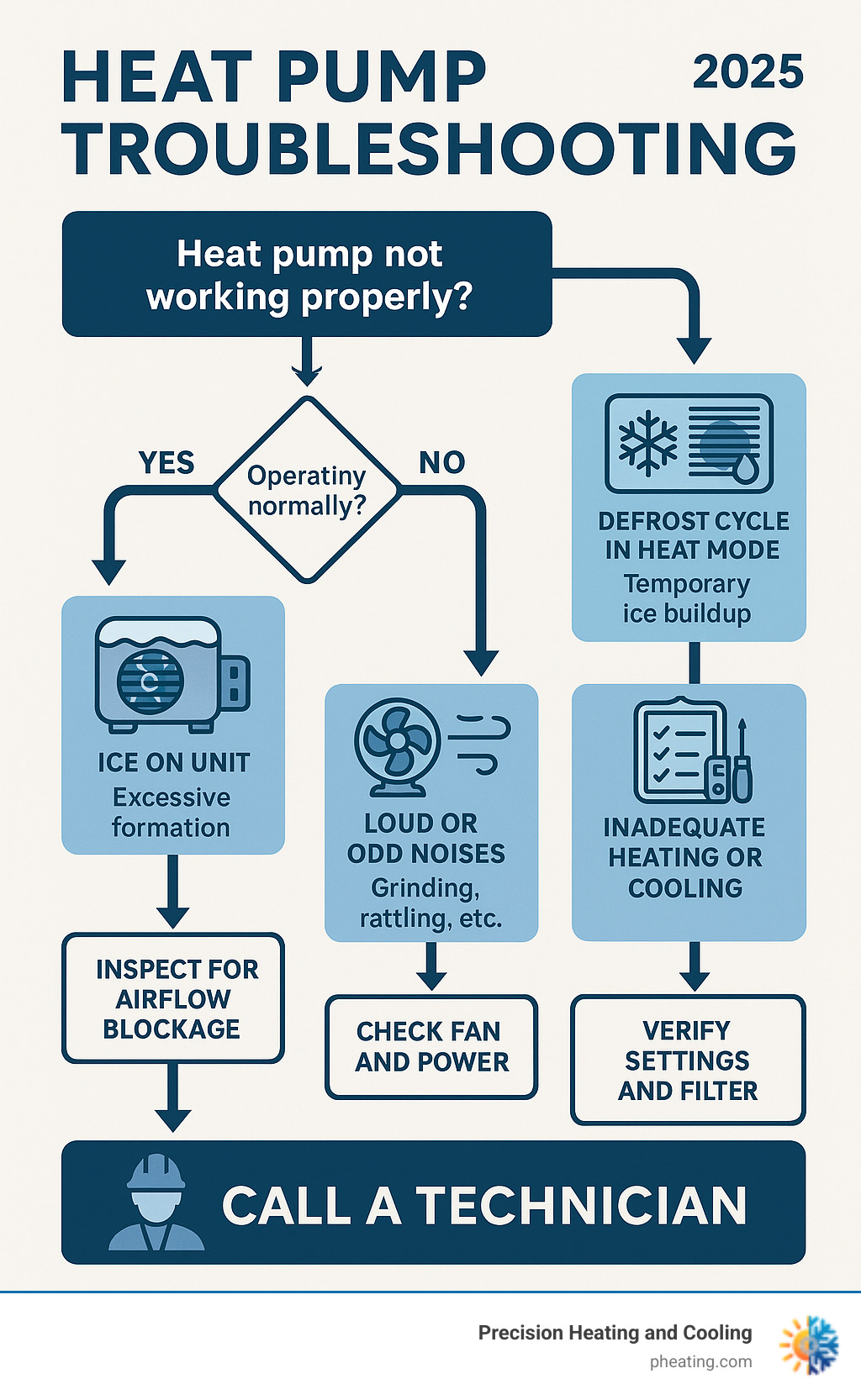
First 5 Safe Checks for a Malfunctioning Heat Pump
When your heat pump acts up, don't panic. Many issues have simple, safe DIY fixes. These five heat pump troubleshooting steps can often get your system running again without a service call.

1. Check Your Thermostat Settings
Your thermostat controls the entire system, and incorrect settings are a common culprit.
- Mode: Confirm it's set to "Heat" or "Cool," not "Off."
- Fan: Set the fan to "Auto." The "On" setting runs the fan continuously, even when not heating or cooling.
- Setpoint: Ensure the temperature is set a few degrees above (for heat) or below (for cool) the current room temperature to trigger the system.
- Power: A blank or dim display may indicate dead batteries. Replace them. For more complex issues, see this guide on thermostat issues.
2. Verify Power to Both Units
A heat pump has an indoor and an outdoor unit, and both need power.
- Indoor Switch: Look for a power switch near the indoor air handler (often resembling a light switch) and make sure it's on.
- Outdoor Disconnect: Find the weatherproof disconnect box near the outdoor unit and check that the switch inside is on.
- Circuit Breakers: At your main electrical panel, find the two breakers for your heat pump. If one is tripped (in the middle or "Off" position), push it fully to "Off" and then back to "On." If it trips again immediately, stop and call a professional.
3. Inspect the Air Filter
A dirty air filter is one of the most common causes of heat pump problems. It restricts airflow, forcing your system to struggle and leading to poor performance or even freezing.
- Location: The filter is usually in the return air duct or inside the indoor unit.
- Check: Pull the filter out. If you can't see light through it, it's clogged and needs to be replaced.
- Frequency: Check your filter monthly and replace it every 1-3 months. Homes with pets or in dusty areas may need more frequent changes. A dirty filter is a primary cause of reduced airflow in heat pump system.
4. Examine the Outdoor Unit
Your outdoor unit needs clear space to function correctly.
- Clear Debris: Remove any leaves, grass clippings, or other debris from around and inside the unit.
- Maintain Clearance: Ensure at least two feet of clearance on all sides. Trim back nearby plants and shrubs.
- Check for Ice/Snow: In winter, a light frost is normal, but heavy snow or thick ice can block airflow and should be cleared.
- Look for Damage: Note any visible damage like bent fins or loose wires. Call a professional for these repairs.
5. Safely Reset the System
Like rebooting a computer, a system reset can clear minor electronic glitches.
- Go to your electrical panel and turn off both breakers for the heat pump.
- Wait at least five minutes. This is a crucial step that allows the internal controls to reset.
- Turn both breakers back on.
- Set your thermostat to the desired mode and temperature. Give the system 15-20 minutes to respond.
If the system still doesn't work, it's time for more advanced troubleshooting.
Understanding Normal Heat Pump Behavior vs. Real Problems
For effective heat pump troubleshooting, you must distinguish normal behavior from real problems. Heat pumps act differently than furnaces, especially in cold weather. Understanding these unique operations can prevent unnecessary panic and service calls.
How Heat Pumps Behave in Cold Weather
It's normal for your heat pump to run almost continuously when outdoor temperatures are below 40°F. This isn't a malfunction; it's working hard to extract heat from the cold air. Unlike a furnace that burns fuel, a heat pump moves heat. As it gets colder outside, there's less heat to move, so the system runs longer to maintain your set temperature. The air from your vents may also feel lukewarm (90-95°F), not hot like from a furnace. This is normal and still heats your home effectively.
All About the Defrost Cycle
Seeing frost or light ice on your outdoor unit on a cold day is expected. The system handles this with an automatic defrost cycle. It temporarily reverses operation to send warm refrigerant to the outdoor coil, melting the ice. During this 5-15 minute cycle, you may hear a whooshing sound and see steam rising from the unit. The indoor fan often stops to prevent blowing cool air inside.
When to worry: You may have a real issue if the unit is encased in thick ice that never melts or if it defrosts too frequently (e.g., every 15 minutes). These are signs of Heat Pump Defrost Cycle Problems.
What AUX/EM Heat Means and When It's Used
The "AUX Heat" or "EM Heat" light on your thermostat means your backup heating system is active, usually electric resistance strips.
- Auxiliary (AUX) Heat automatically assists your heat pump when it's too cold outside (usually below 35-40°F) for the heat pump to keep up alone.
- Emergency (EM) Heat is a manual setting that bypasses the heat pump entirely. Use it only if your heat pump is broken.
Be aware: both AUX and EM heat use significantly more electricity than your heat pump, leading to higher energy bills.
A Comprehensive Heat Pump Troubleshooting Guide
If the basic checks fail, it's time for deeper heat pump troubleshooting. Your system's symptoms are clues that point to the root cause, which typically falls into airflow, mechanical, or electrical issues.

Why Is My Heat Pump Not Turning On at All?
If the system is completely unresponsive, check for these issues after confirming power:
- No Power to Thermostat: A blank display often means dead batteries or a problem with the low-voltage wiring.
- Tripping Breakers: A breaker that trips repeatedly signals a serious electrical fault. Stop resetting it and call a pro.
- Failed Components: A failed contactor (an electrical switch) or capacitor (a motor starter) in the outdoor unit will prevent it from turning on. These are high-voltage parts that require professional service.
- Safety Lockout: Modern systems shut down to prevent damage when they detect a problem. A technician can read the error codes to find the cause.
Why Is My Heat Pump Running but Not Heating or Cooling?
If the fans are running but the air isn't the right temperature, consider these causes:
- Incorrect Thermostat Mode: Double-check that the thermostat isn't set to "Fan Only."
- Low Refrigerant: Your system doesn't consume refrigerant, so low levels indicate a leak. This is a common cause of poor performance and requires professional repair.
- Stuck Reversing Valve: This valve switches the system between heating and cooling. If it's stuck, your heat pump will only work in one mode (e.g., it cools but won't heat, or vice-versa).
- Compressor Issues: The compressor is the heart of your system. If it has failed, the refrigerant won't circulate. This is a major repair. For these issues, you'll need to know what Issues Professionals Can Fix in Heat Pumps.
Why Is My Heat Pump Frozen or Covered in Ice?
A light layer of frost in winter is normal, but a solid block of ice is a problem.

- Defrost Cycle Failure: The system may not be entering its defrost cycle due to a faulty sensor, control board, or reversing valve.
- Restricted Airflow: A dirty filter or blocked outdoor unit can cause the coils to get too cold and freeze over.
- Low Refrigerant: A refrigerant leak can also cause the coils to run colder than normal, leading to excessive ice.
Important: Never use sharp objects to chip ice off your unit. You can easily damage the delicate coils. If you must, gently spray it with a garden hose, then call a professional to fix the underlying cause.
Why Is My Heat Pump Short Cycling or Running Constantly?
Both patterns—starting and stopping too frequently (short cycling) or never shutting off—signal inefficiency and potential problems.
- Clogged Air Filter: This is the most common cause. Restricted airflow makes the system work harder, causing it to overheat and shut down or run constantly to keep up.
- Improper Unit Sizing: An oversized unit will short cycle; an undersized one will run constantly.
- Thermostat Issues: Poor placement (e.g., in direct sunlight) can give false readings, causing improper cycling.
- Refrigerant Leaks or Dirty Coils: Both reduce the system's ability to transfer heat, forcing it to run improperly. These Heat Pump Airflow Problems Require Service.
What Do These Noises and Smells Mean?
- Normal Sounds: A brief whoosh (defrost), clicking (startup), and a steady hum are normal.
- Problematic Sounds: Grinding or screeching often points to failing motor bearings. Loud buzzing can indicate an electrical issue. Banging suggests a loose or broken part. A constant hissing may be a refrigerant leak. If your Heat Pump is Making Clicking Sounds During Operation, determine if it's normal or not.
- Smells: A musty or "dirty sock" smell indicates mold on the indoor coil. A burning plastic or electrical smell is a serious fire hazard; turn the system off at the breaker and call for help immediately. A sweet chemical smell can indicate a refrigerant leak.
Why Is Water Leaking From My Unit?
Water pooling around your indoor unit is usually caused by a drainage problem.
- Clogged Condensate Drain: This is the most common cause. Algae and debris can block the drain line, causing the pan to overflow. You can often clear it with a wet/dry vacuum on the outdoor end of the pipe.
- Cracked Drain Pan: An old plastic drain pan can crack and leak, requiring replacement.
- Frozen Evaporator Coil: When a frozen indoor coil thaws, it can release a large amount of water that overwhelms the drain system.
Proactive Maintenance to Prevent Future Breakdowns
The best heat pump troubleshooting is prevention. Like a car, your heat pump needs regular maintenance to avoid inconvenient and costly breakdowns. Homeowners who stick to a maintenance schedule rarely face major issues.
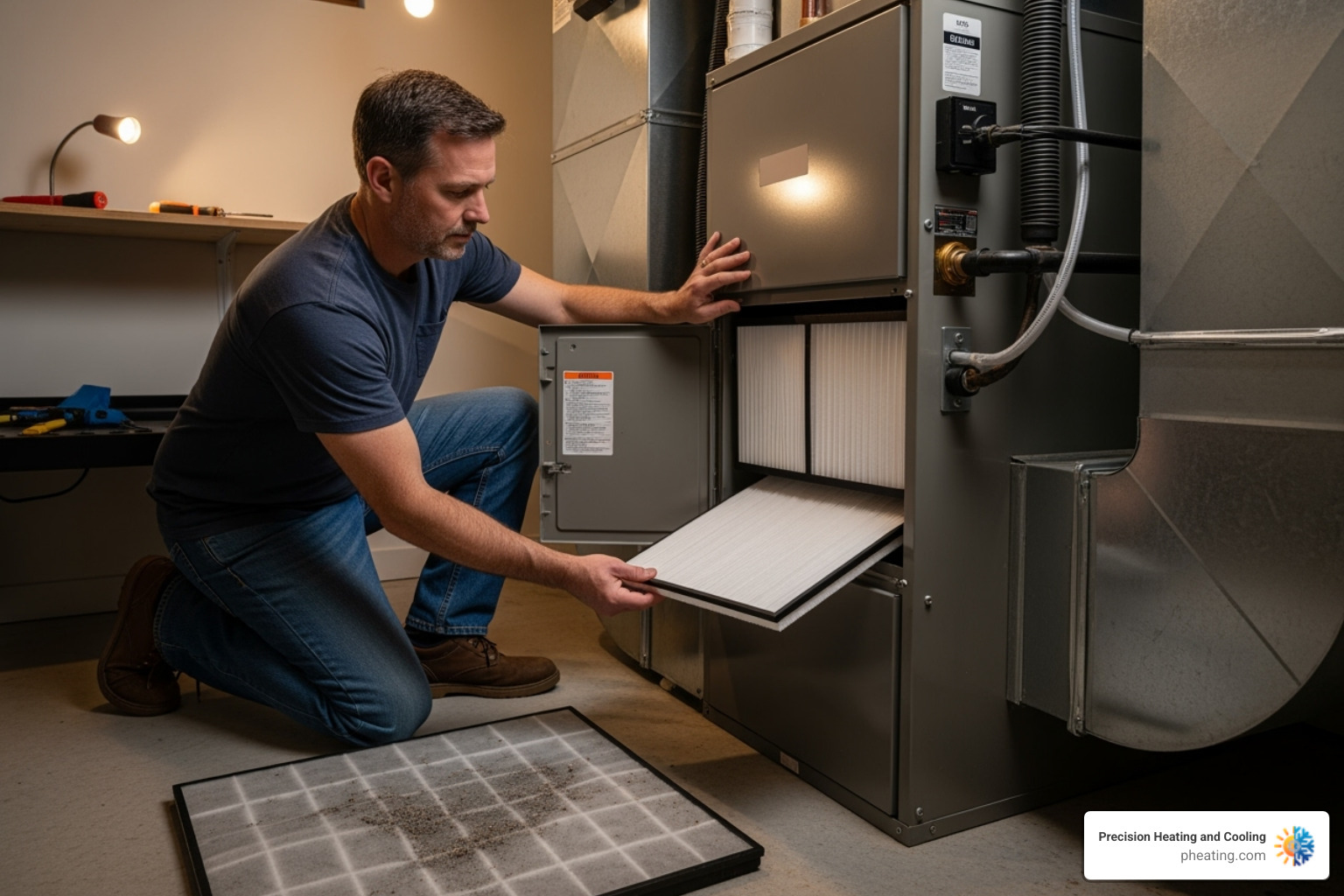
Essential DIY Maintenance Tasks
A few simple DIY tasks can significantly improve your system's performance and lifespan.
- Change the Filter: This is the single most important task. Check your filter monthly and replace it every 1-3 months.
- Clean the Outdoor Unit: Keep the unit clear of leaves, grass, and debris. Gently rinse the coils with a garden hose (never a pressure washer) and trim foliage to maintain at least 2 feet of clearance.
- Keep Vents Clear: Ensure all indoor supply and return vents are open and unblocked by furniture or curtains.
- Check the Drain Line: Periodically inspect your condensate drain line for clogs. Pouring a cup of distilled vinegar down the line every few months can help prevent algae growth. Preparing for the summer is crucial, which is Why Heat Pump Needs Spring Maintenance.
The Importance of a Professional Maintenance Schedule
While DIY tasks help, they don't replace a professional tune-up. We recommend annual service, ideally twice a year (once in spring, once in fall).
A technician performs tasks you can't, including:
- Deep Cleaning Coils: Thoroughly cleaning the indoor and outdoor coils with specialized solutions.
- Checking Electrical Connections: Tightening all connections to improve safety and efficiency.
- Inspecting Refrigerant Levels: Using specialized gauges to verify the correct refrigerant charge, which is critical for performance.
Professional maintenance extends your system's life, maintains efficiency, and is often required to keep your warranty valid. The Benefits of Regular Heat Pump Maintenance are significant.
When to Stop and Call for Professional Heat Pump Repair
The most important part of heat pump troubleshooting is knowing your limits. Some repairs are not safe for DIY and require a professional to avoid injury or further damage.
Advanced Heat Pump Troubleshooting: When to Call a Pro
If the basic checks didn't work, it's time to call a professional. Contact us immediately for these issues:
- Repeatedly Tripping Breakers: This indicates a serious electrical fault that is a safety hazard.
- Suspected Refrigerant Leaks: If you see ice on coils in summer or smell chemical odors, call a pro. Refrigerant requires certified handling.
- Major Component Failure: A failed compressor, fan motor, or control board requires specialized tools and expertise.
- Internal Access Required: As a rule, if a fix requires removing panels to access internal components, it's a job for a professional.
DIY Heat Pump Troubleshooting Safety Precautions
Safety is paramount. Follow these rules:
- Turn Off the Power: Always shut off power at the circuit breaker before touching your unit.
- Avoid Capacitors: These components can hold a dangerous electrical charge even when the power is off. Do not touch them.
- Stay Away from Refrigerant Lines: Refrigerant is under pressure and can cause severe frostbite.
- When in doubt, call out. Your safety is not worth the risk.
How to Prepare for a Service Call
To help us fix your system faster, you can prepare for our visit:
- Note the Symptoms: Tell us what's happening, when it started, and if there are any strange noises or smells.
- Find Model/Serial Numbers: Locate these on stickers on both the indoor and outdoor units.
- Take a Photo/Video: If you can do so safely, a picture or short video of the problem is very helpful.
- Clear a Path: Ensure our technicians have easy access to both units. Knowing How Our Technicians Handle Heat Pump Repair can help you know what to expect.
Your Partner for Reliable Home Comfort
When your heat pump fails, it's stressful. Fortunately, many issues can be resolved with the simple heat pump troubleshooting steps we've covered. However, some problems require a professional, and that's when a trusted HVAC partner is essential.
At Precision Heating and Cooling, we've served the Bay Area and Central Valley for over two decades. Our experience in communities like San Jose, Cupertino, Los Gatos, Clovis, Palo Alto, Santa Clara, Sunnyvale, and Hanford means we understand the unique challenges of local homes.
The key to a reliable system is proactive maintenance, not just reactive repairs. We empower homeowners with knowledge while providing reliable service, competitive pricing, and flexible payment options when you need us for a tune-up or an emergency repair.
Your home comfort shouldn't be a gamble. Combine your DIY knowledge with our professional expertise to keep your heat pump running efficiently for years to come.
Ready to ensure your heat pump stays in peak condition? For expert heating repair in San Jose, CA, contact our team today! We're here to help you maintain that perfect balance of comfort and efficiency.

Flexible payment options to make your goals affordable and stress-free.

Warm Up Your Home: Expert Furnace Repair in Sunnyvale, Cupertino, and More
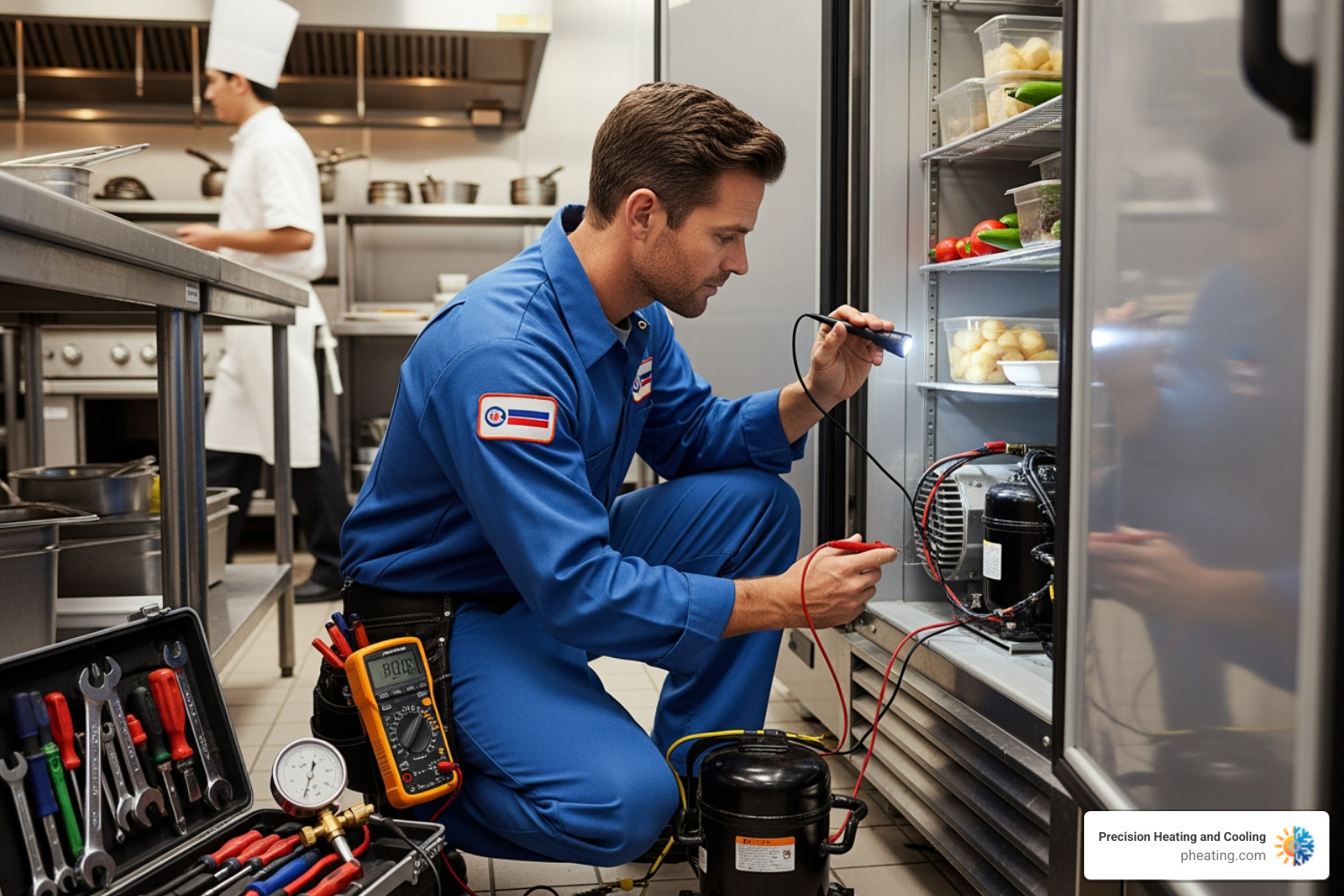
Commercial Refrigeration Repairman: What It Takes to Fix the Chill
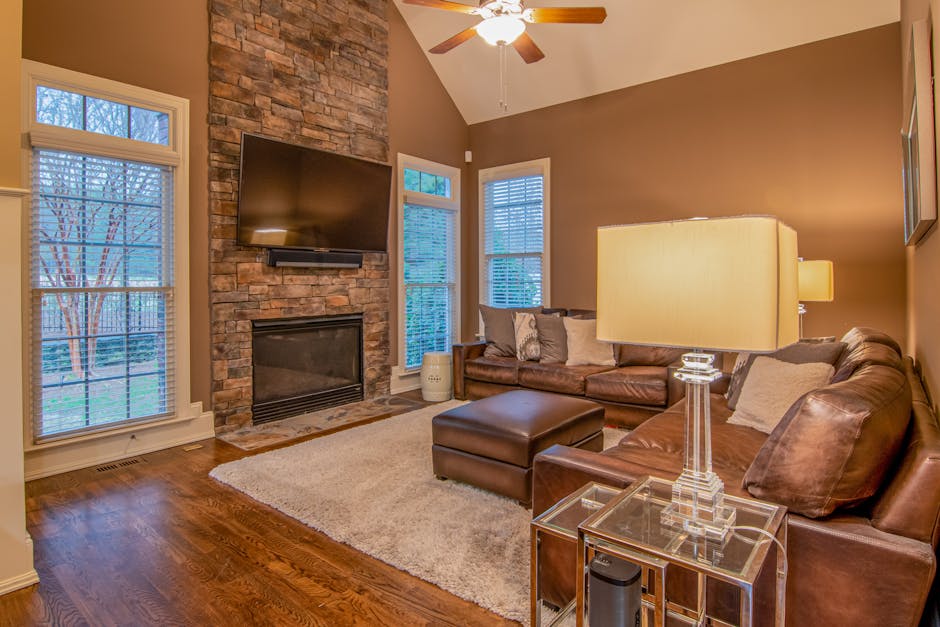












.avif)

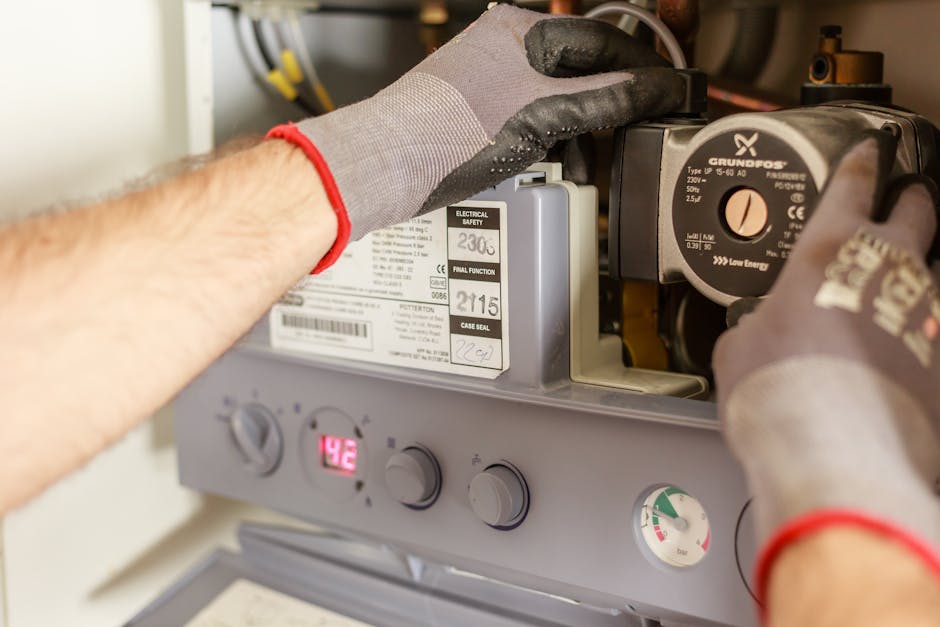








.avif)